A round-up of the best works of art that have recently entered public collections
National Galleries of Scotland, Edinburgh
Patrick Moir (1769–1810) (1785–86), Henry Raeburn
On the 200th anniversary of the death of the Scottish painter Henry Raeburn, the National Galleries of Scotland have announced the purchase of his portrait of Patrick Moir. Moir was the nephew of the influential art dealer James Byres of Tonley whom Raeburn met during his Grand Tour of Italy between 1784 and 86. The painting, which is the only known surviving portrait associated with Raeburn’s time in Italy, joins the institution’s already impressive holdings of the artist’s work, which include perhaps his most famous work, Reverend Robert Walker Skating on Duddingston Loch (c. 1795).
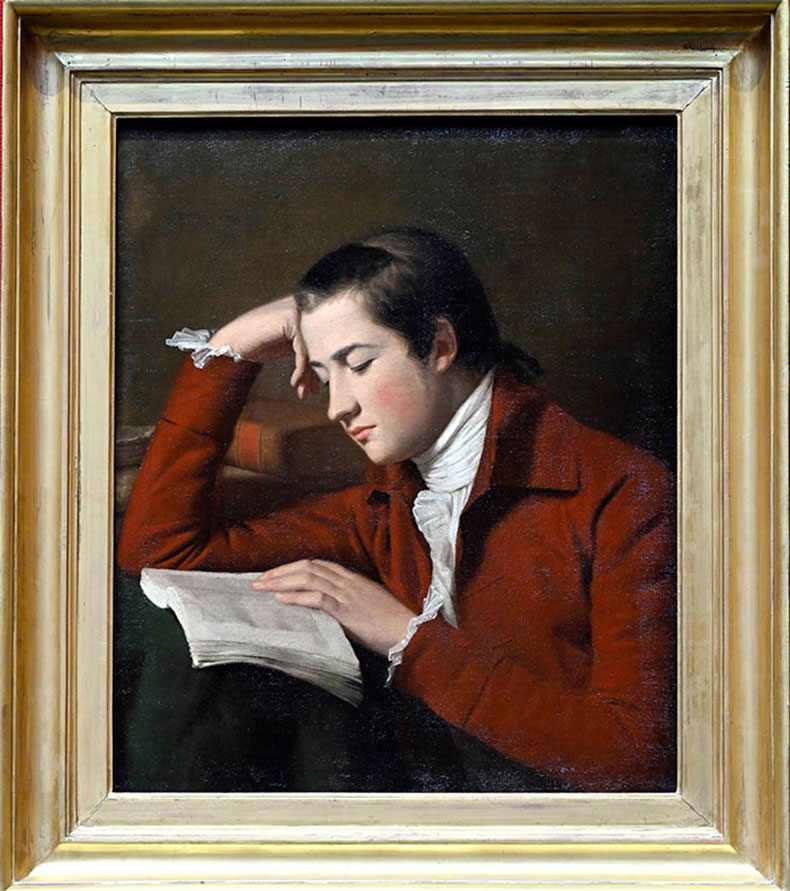
Patrick Moir (1769–1810) (1785–86), Henry Raeburn. National Galleries of Scotland, Edinburgh
Wadsworth Atheneum Museum of Art, Hartford
Portrait of a Gentleman (c. 1730), Rosalba Carriera
One of the most celebrated women artists of the 18th century, Rosalba Carriera is best known for her sensitive pastel portraits of Italian high society. This lavish portrait of an anonymous man was created at the height of her career and exemplifies her ability to capture the status and rank of her figures, denoted here by the sitter’s slightly aloof gaze, shoulder-length wig and highly detailed red justacorps coat with gold embellishments. The work is the first by the artist to join the collections at the Wadsworth, where it will go on show in the European art galleries.
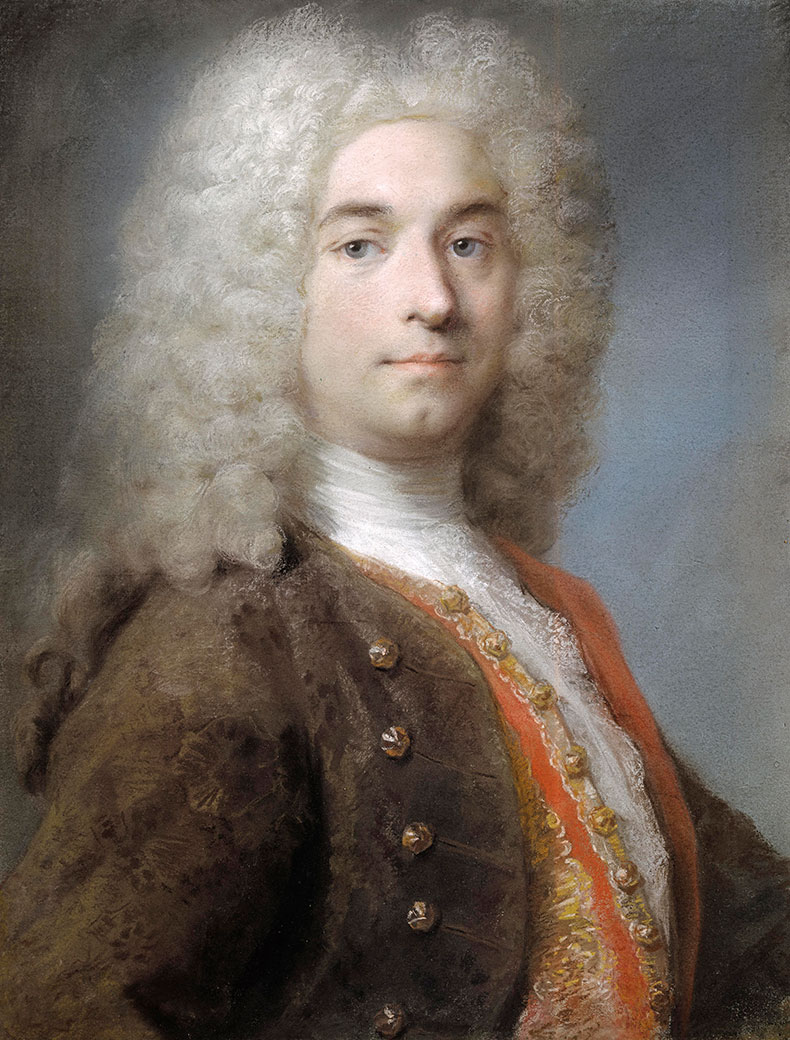
Portrait of a Gentleman (c. 1730) Rosalba Carriera. Wadsworth Atheneum Museum of Art, Hartford
Mauritshuis, The Hague
An Allegory of Pride (Superbia) (1600s), Adriaen Brouwer
The Flemish painter Adriaen Brouwer spent most of his career in Haarlem, where he is thought to have studied with Frans Hals. This work was originally part of a panelled painting depicting the seven deadly sins and is one of only 60 works by the artist known to exist today. Superbia, or pride, is shown here through an expression of vanity as a moustached man curls his facial hair in a mirror. The painting will be reunited with another panel from the series, The Lust, which already belongs to the Mauritshuis.
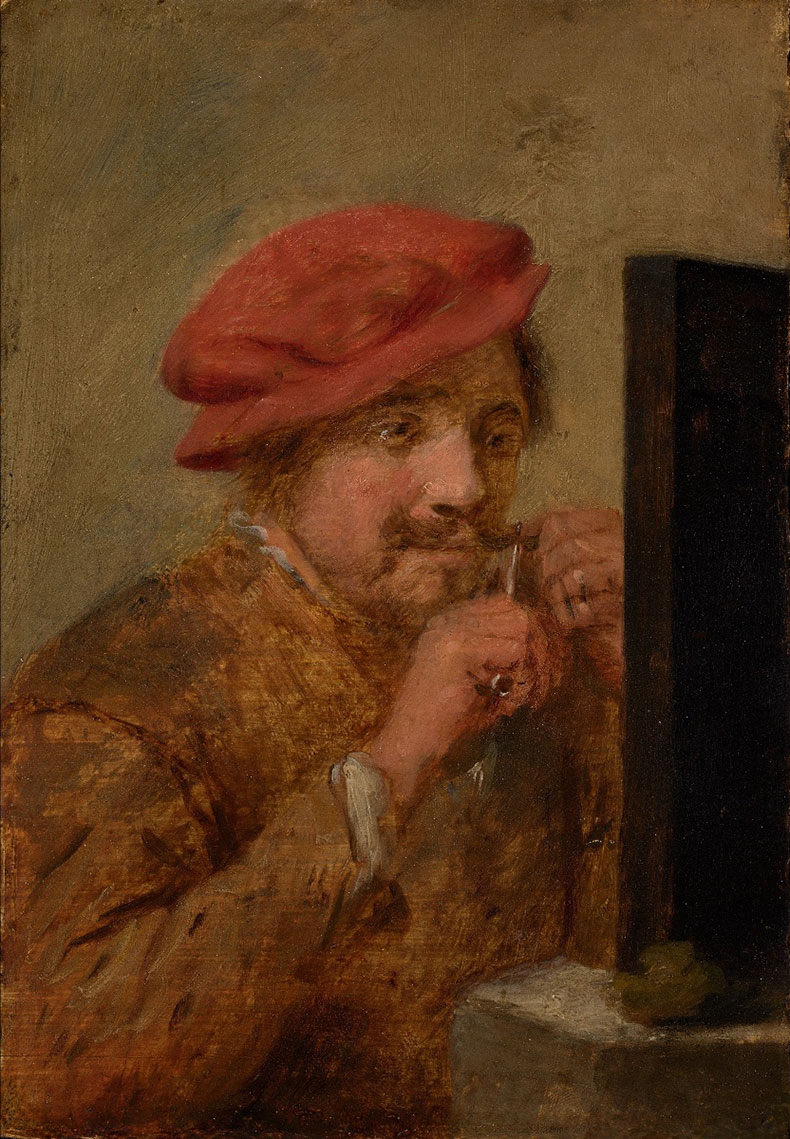
An Allegory of Pride (Superbia) (1600s), Adriaen Brouwer. Mauritshuis, The Hague
British Library, London
Epps’ Cricket: A Collection of All the Grand Matches of Cricket Played in England Within Twenty Years (1799), William Epps
Thanks to an anonymous donation of more than £180,000, the British Library has purchased a rare book once belonging to the renowned cricket commentator John Arlott (1914–91). Epps’ Cricket: A Collection of All the Grand Matches of Cricket Played in England Within Twenty Years was given as a gift to Arlott by his father and is one of very few surviving copies of the text. It presents a record of statistics from 1771–91, detailing a pivotal time in the sport’s history when it was gaining in popularity having developed from a game played by children to a more serious sport. It also marks a series of significant rule changes in 1775, which established the nature of the game as we know it today.
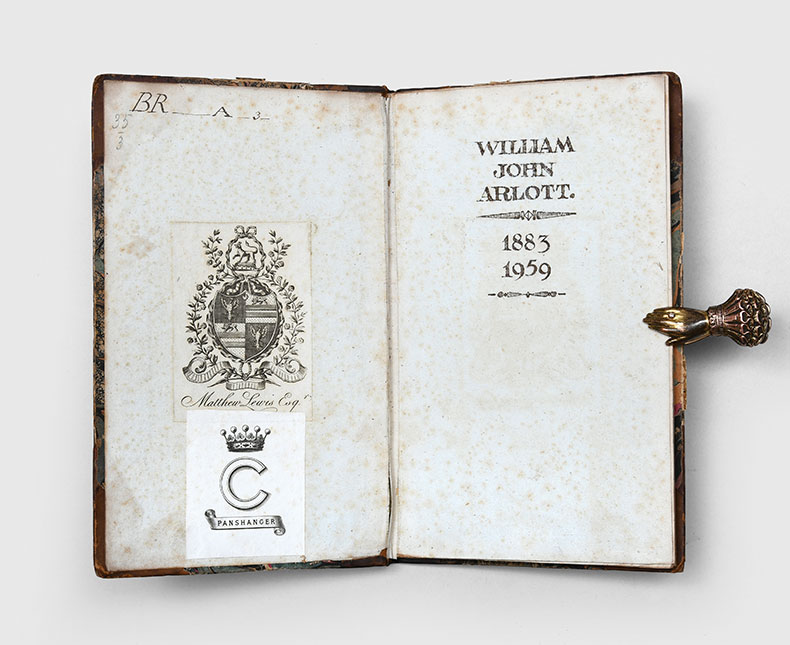
Epps’ Cricket: A Collection of All the Grand Matches of Cricket played in England within Twenty Years. Viz. from 1771 to 1791 (1799), William Epps. British Library, London
National Gallery of Art, Washington, D.C
Four Male Heads (c. 1536), Baccio Bandinelli
The Florentine Mannerist Baccio Bandinelli became one of the leading artists under the patronage of the Medici family in the mid 16th century. Though Bandinelli trained as a goldsmith, his best-known works are in stone; for these, he took inspiration from both ancient and High Renaissance models, popularised by Michelangelo. His preparatory drawing of Four Male Heads (c. 1536) joins three drawings by the artist currently in the collections of the NGA.

Four Male Heads (c. 1534), Baccio Bandinelli. National Gallery of Art, Washington
Museum of Contemporary Art, Los Angeles
Trinket (2015), William Pope.L
The Chicago-based artist William Pope.L has been an important figure in the development of performance and body art since the 1980s. Trinket – a monumental, handmade United States flag, measuring approximately 54by 16 feet – was originally created for an exhibition at MOCA LA in 2015, where it was hung on a pole, continuously blown by four large-scale industrial fans and illuminated from below by custom theatrical lights, serving as a metaphor for the complexities of democratic engagement and participation.
Unlimited access from just $16 every 3 months
Subscribe to get unlimited and exclusive access to the top art stories, interviews and exhibition reviews.



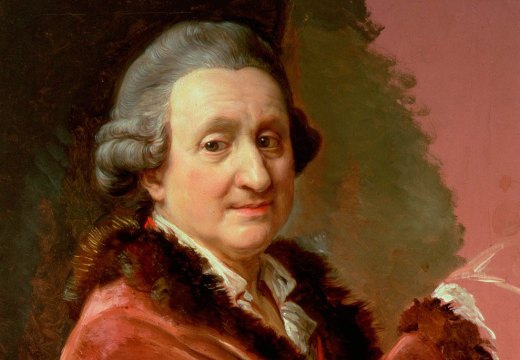
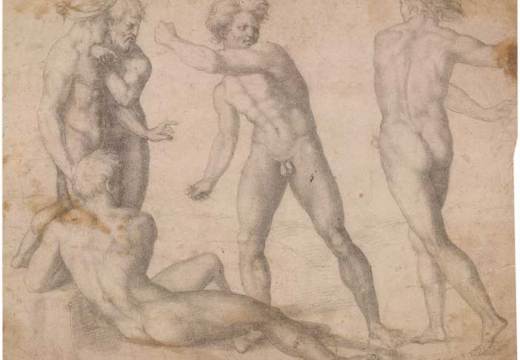









![Masterpiece [Re]discovery 2022. Photo: Ben Fisher Photography, courtesy of Masterpiece London](http://www.apollo-magazine.com/wp-content/uploads/2022/07/MPL2022_4263.jpg)
It’s time for the government of London to return to its rightful home